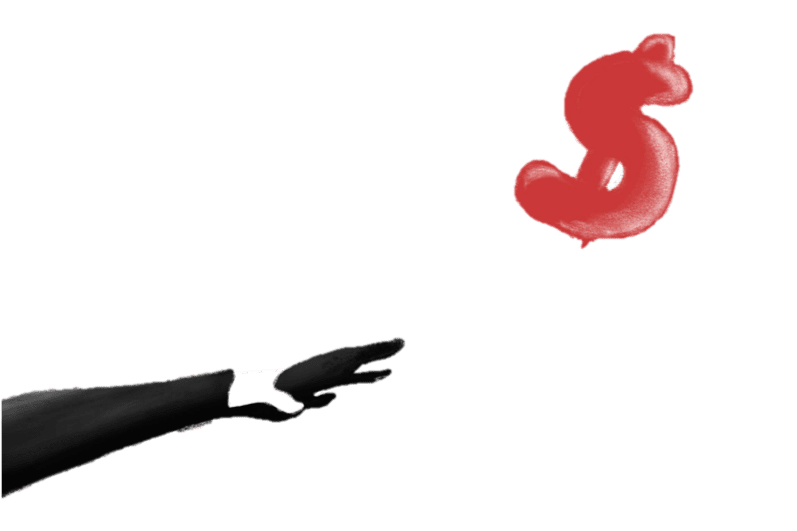“Banksy is coming to Sydney…” the headlines read, as it was announced last week that the most extensive collection of original works would be coming to the populous city. Girl with Balloon and other famous pieces are expected to be visited thousands of times while the exhibition is on display. Whilst paying $30 for a ticket to the exhibit may not be a great cost for some, it raises questions about the issues when commercialising an inherently anti-establishment art form.
For context, Banksy is a Guerrilla street artist who rose to significance during the 1990s for his provocative and often divisive stencilled imagery. Throughout his notorious works, he has satirically touched on a number of pressing social, cultural, and political issues, making him a household name. Guerrilla art, by definition, is for the people. It is free from restrictions of the establishment and its rules, making its commercialisation and institutionalisation inherently problematic. Dividing those who can view the work by those who are able to or willing to pay the entrance fee does not align with Banksy’s values. In the past, he has said that he aims for as many people to view his art as possible.
Conversely, in 2018 Banksy stirred the cultural sector after a painting of Girl with Balloon was sent to auction. The painting garnered a sum of £1,042,000 before it was subsequently shredded in front of the onlooking auctioneers and bidders. “When the hammer came down last week and the work was shredded, I was at first shocked, but gradually I began to realise that I would end up with my piece of art history,” said the buyer. The fact that this was believed to be a strikeout against capitalism ironically added value to the painting for some, with one art critic claiming it had doubled the worth of the work. The added value was attributed to the creation of a new work, which was a performance piece and a first in the history of art. The painting, which was renamed as Love is in the Bin by Banksy himself, was later displayed in a gallery in Germany in a free-admission space.
While paying to view art that is free to see in the streets may seem paradoxical, it speaks volumes of Banksy’s art career at large. Whether or not it is a fault of his own, Banksy has been embraced by the establishment that he mocks. Symbolically, the increasing trajectory of his success to date is telling of the ongoing arrangements between artists and dealers. Furthermore, this highlights the interdependency of those who advocate for artistic expression and those who wish to commercialise it. From the selling of public walls for profit along the Gaza strip to the stealing of private property (as what happened to one unfortunate homeowner), the unofficial curated exhibits may be an inevitable consequence or provide some solace. It gives more people the opportunity to view iconic original prints without travelling the globe, and it is certainly cheaper than a plane ticket. But arguably, the sterility of the institutional environment could dampen the message and intent behind the work, altering the visitor experience.
So with all this in mind, should Banksy be commercialised? Ultimately, that depends on who you ask.
We acknowledge the Ngunnawal and Ngambri people, who are the Traditional Custodians of the land on which Woroni, Woroni Radio and Woroni TV are created, edited, published, printed and distributed. We pay our respects to Elders past and present. We acknowledge that the name Woroni was taken from the Wadi Wadi Nation without permission, and we are striving to do better for future reconciliation.
